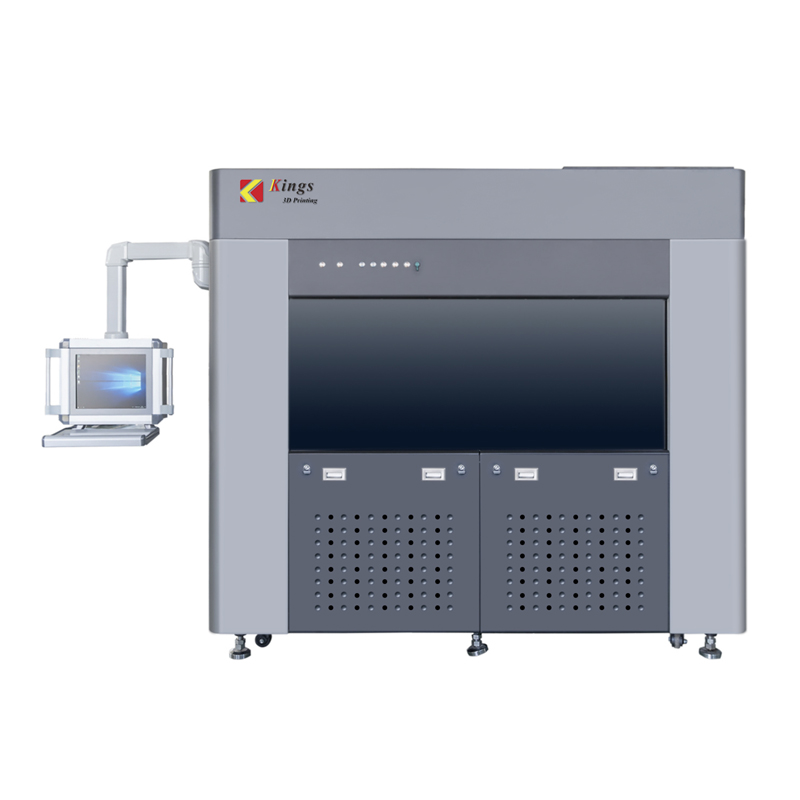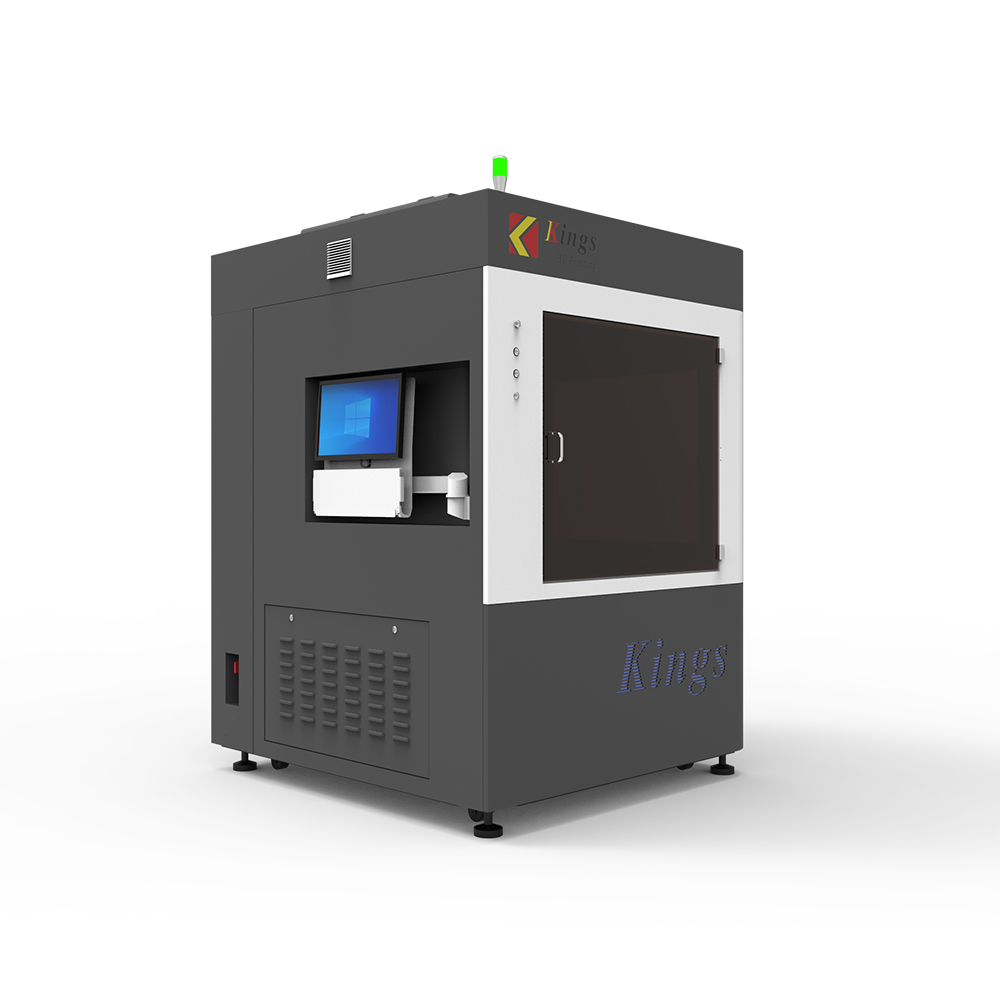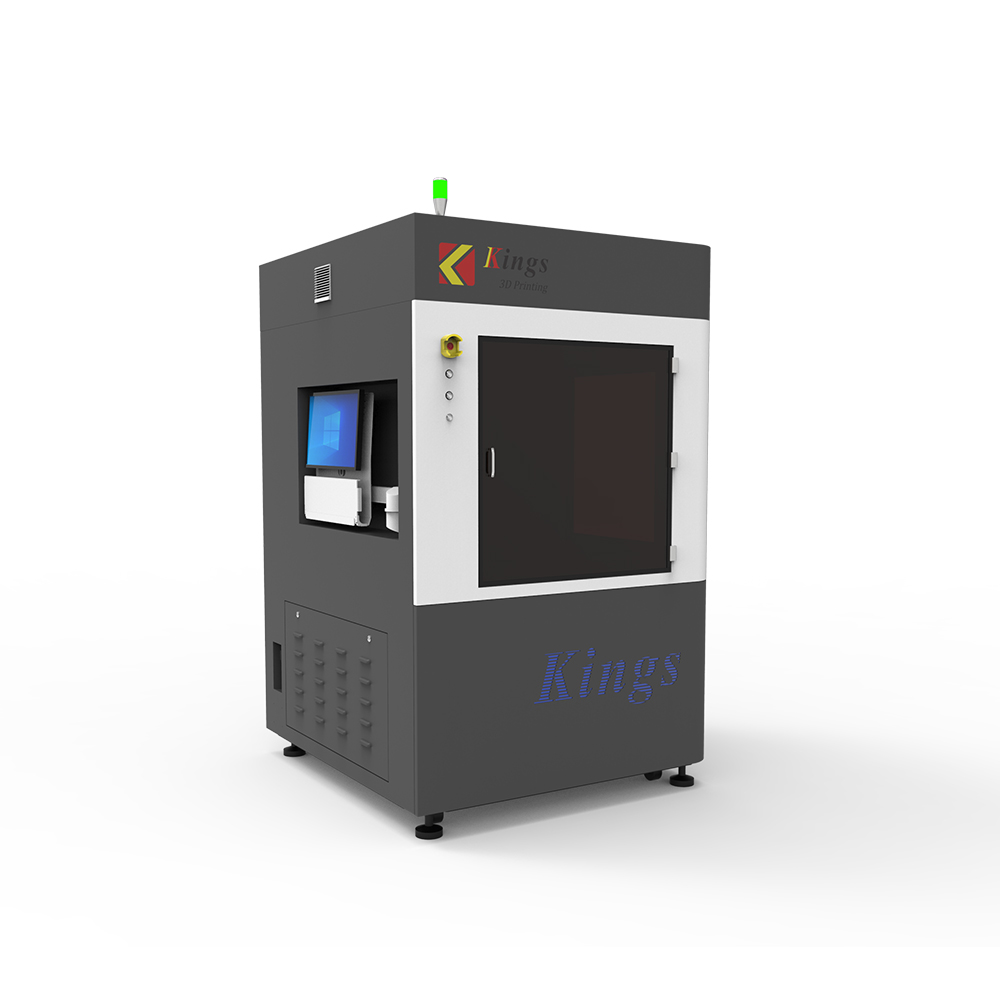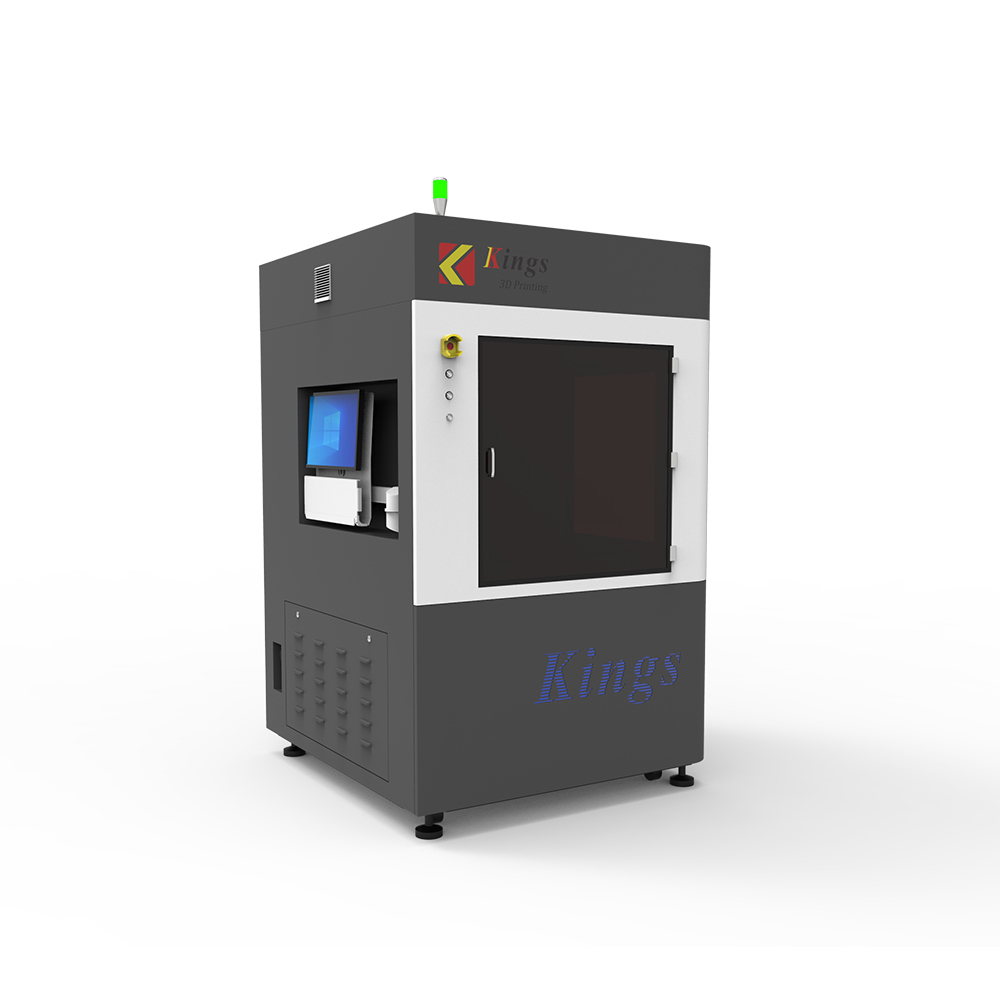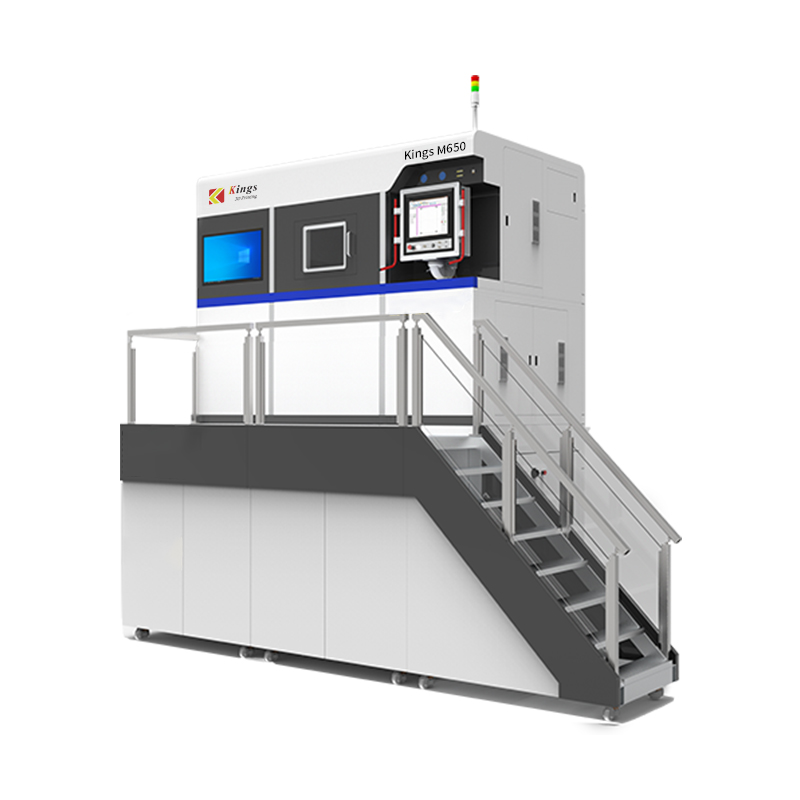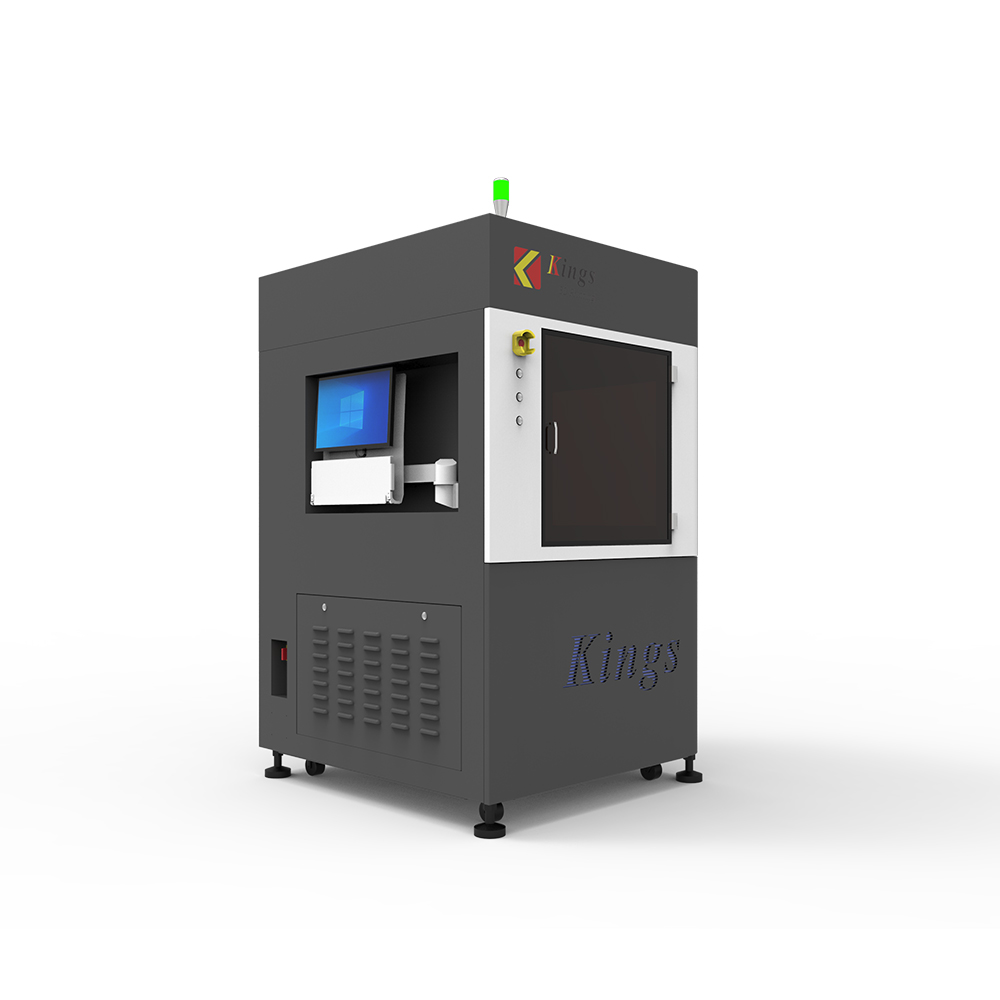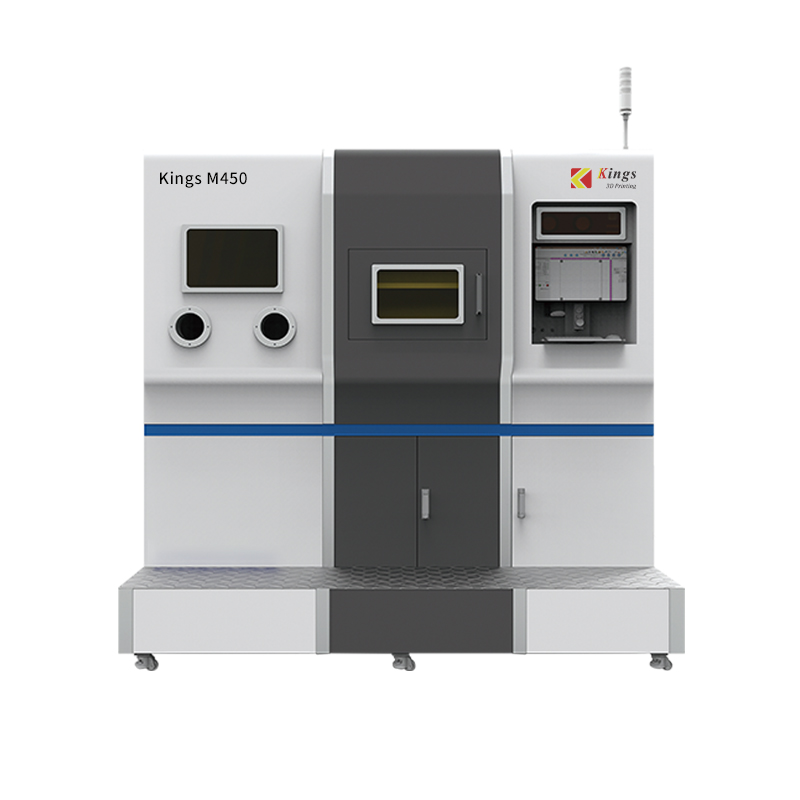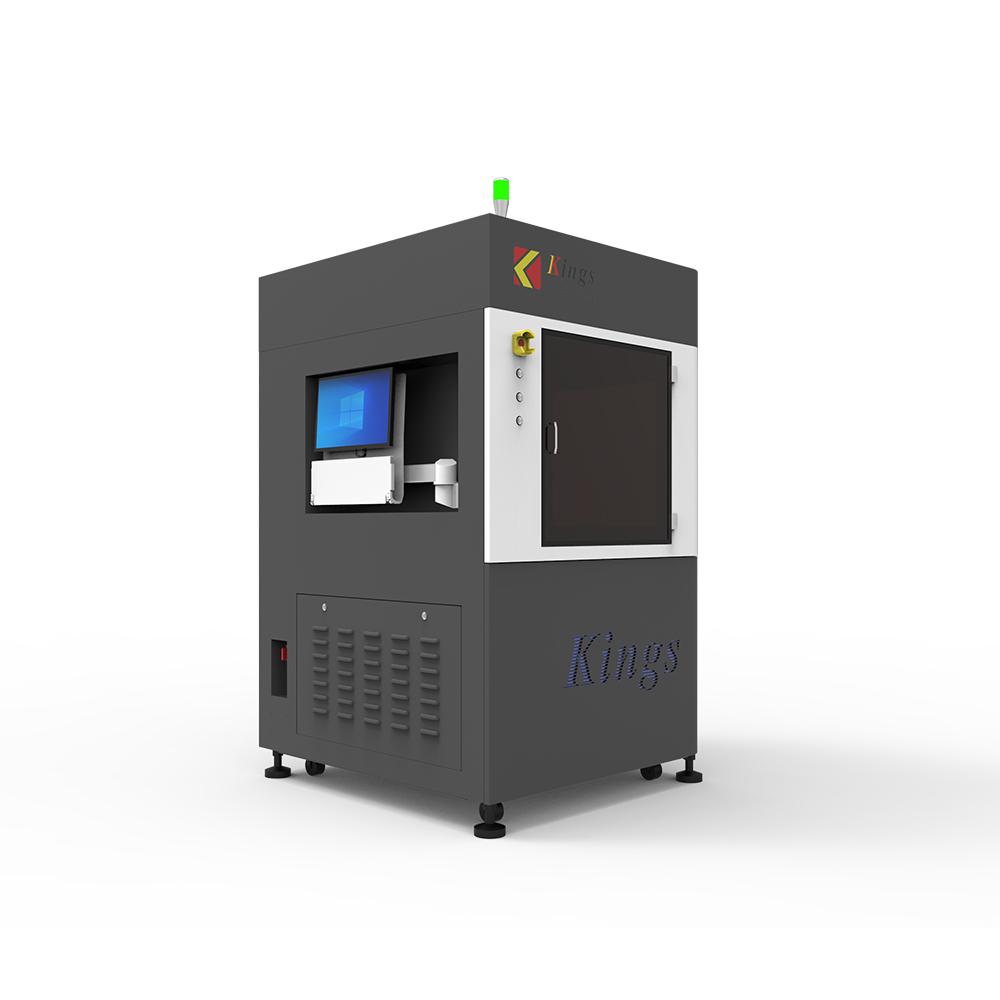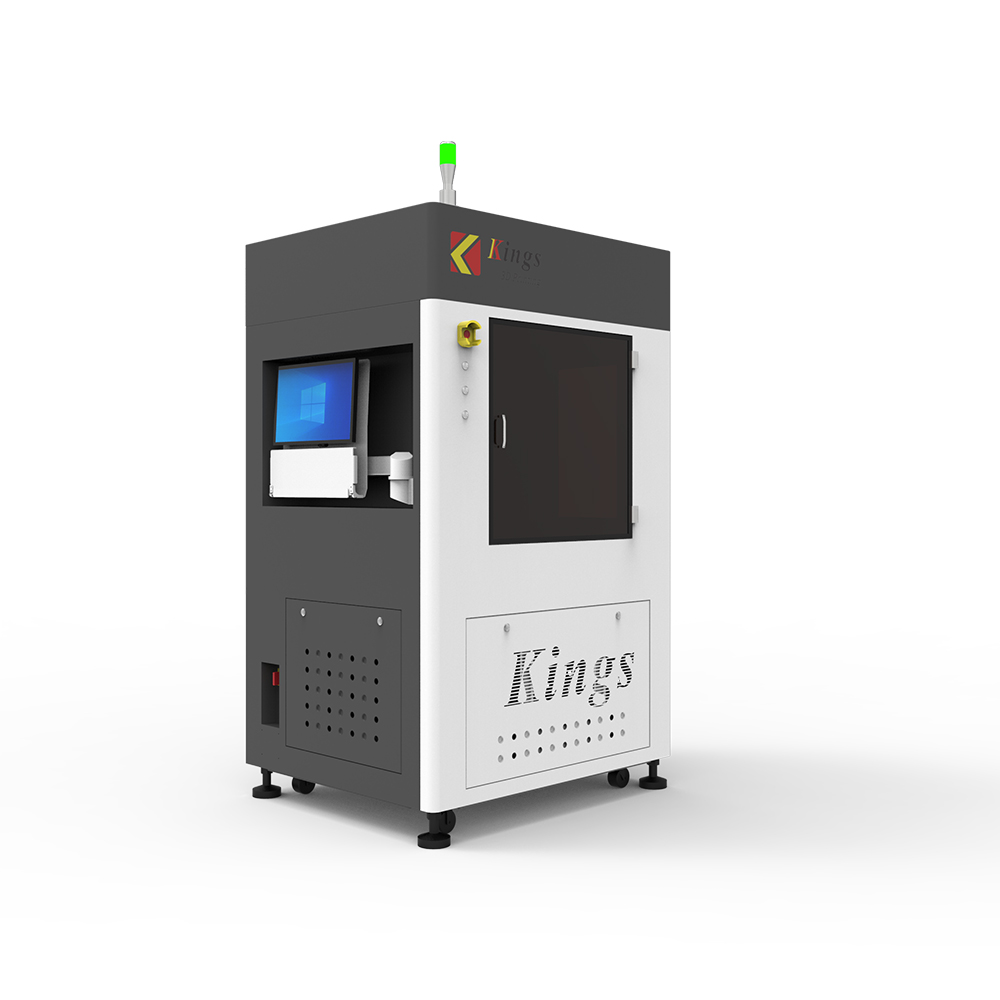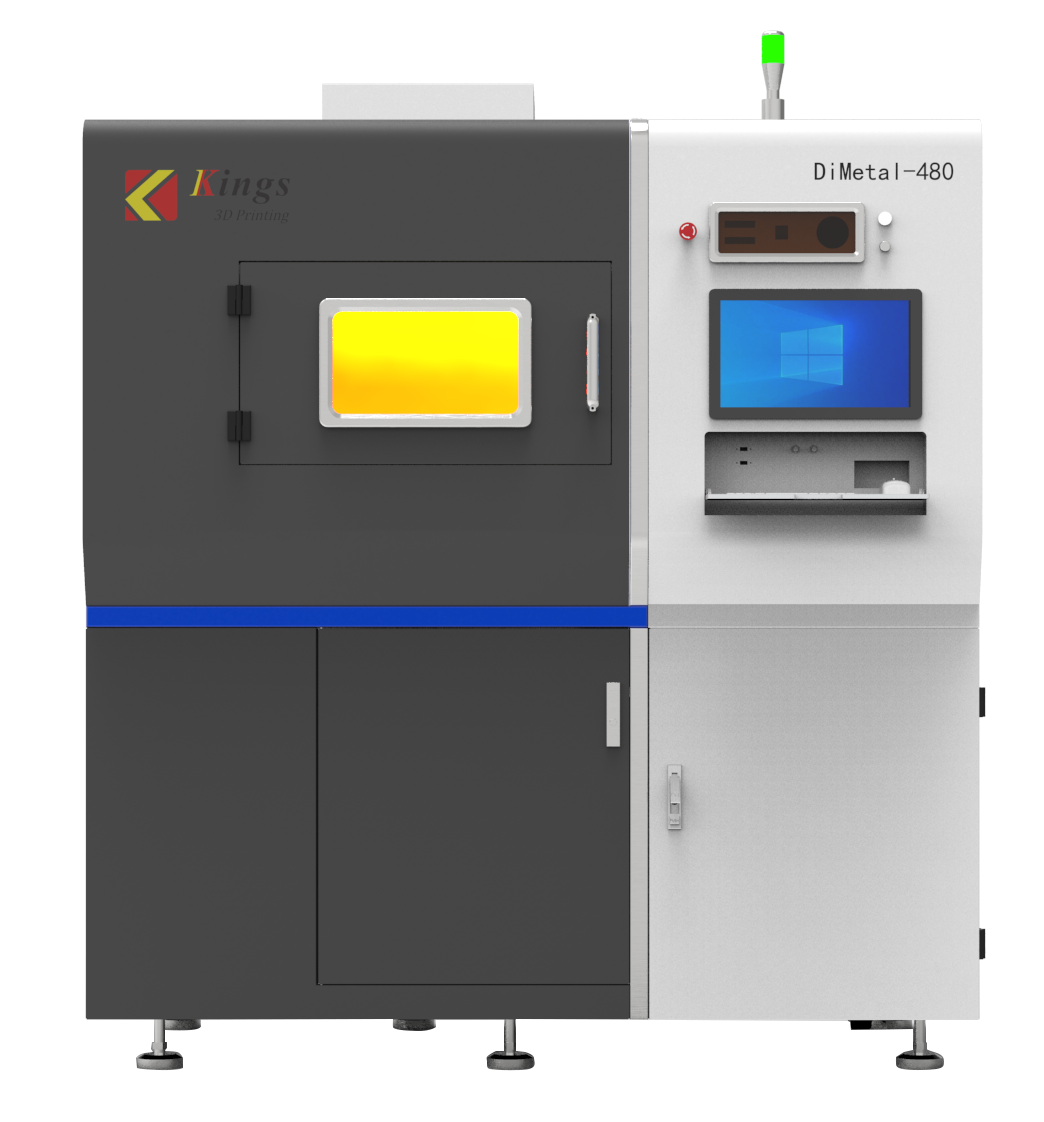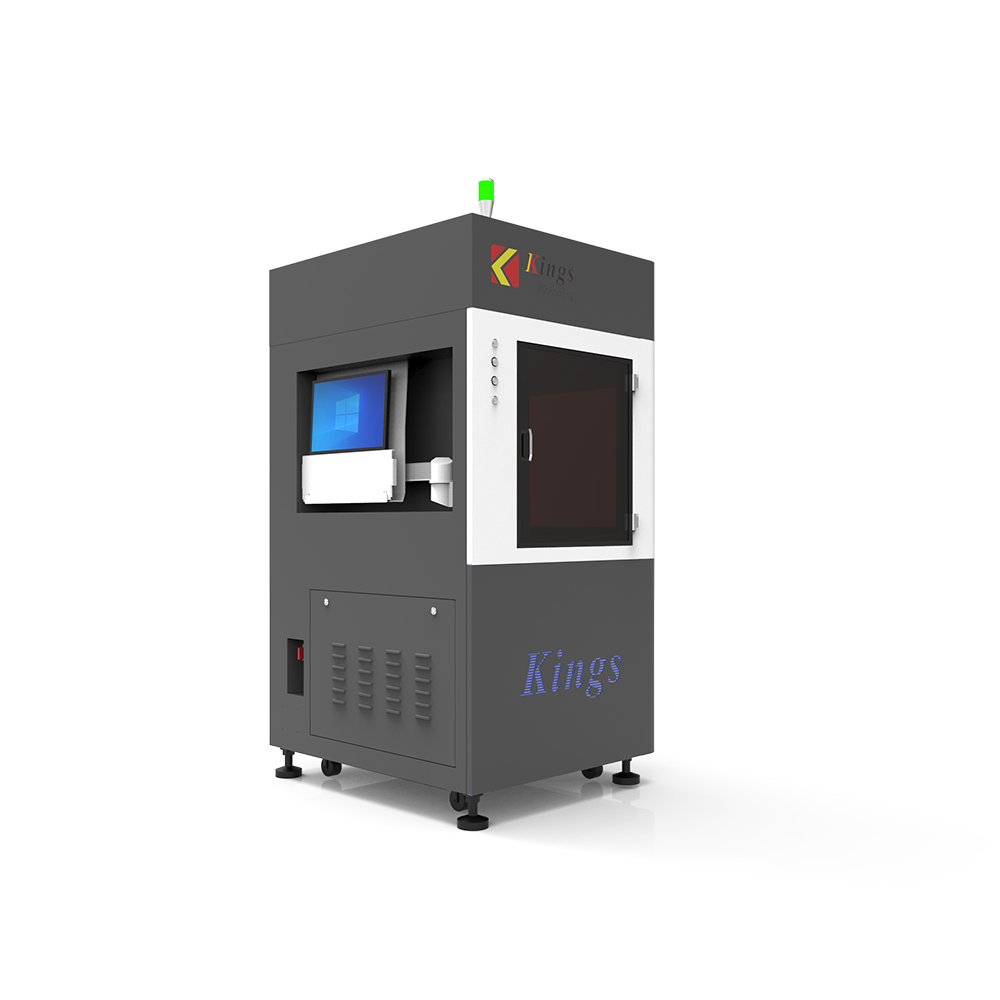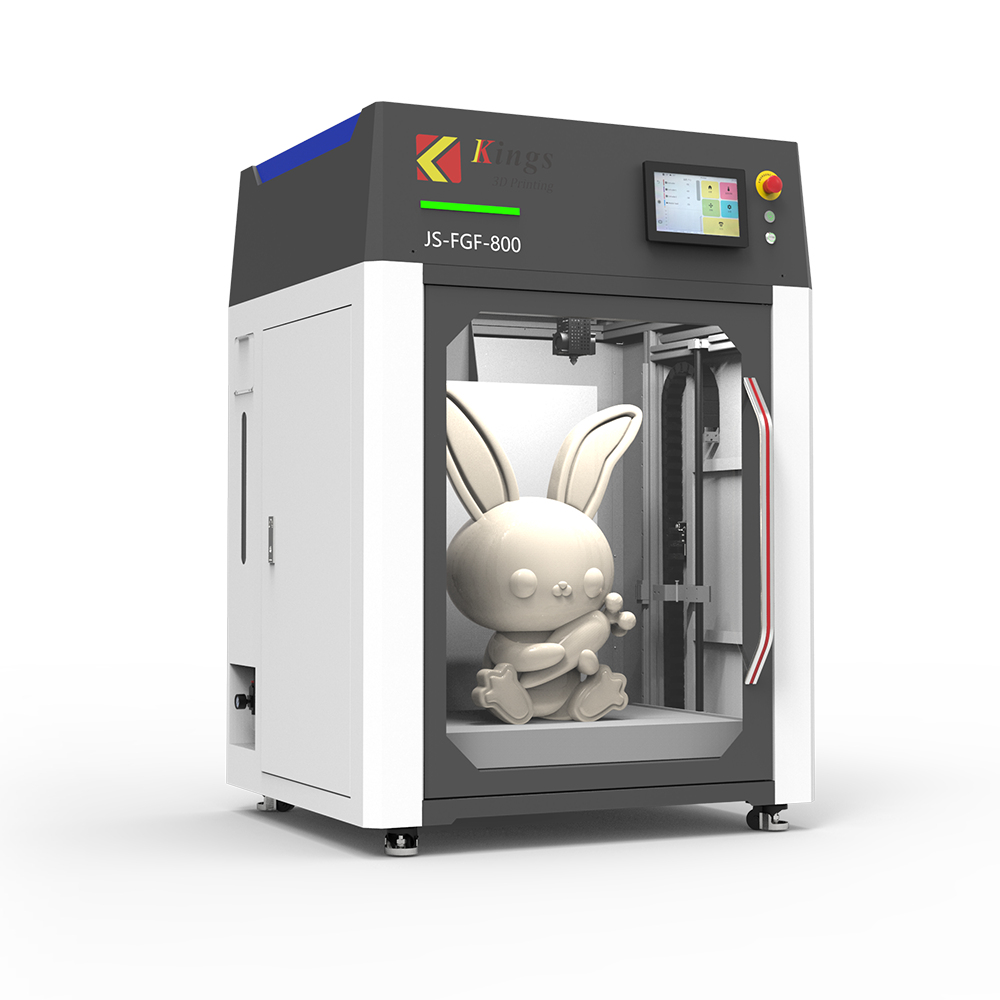Stereolithography (SLA) can produce plastic parts with high resolution, precision, fine information and smooth surface area coatings. The procedure has actually found many applications in various fields. This article describes the most typical SLA product choices. Stereolithography 3D printer supplier KINGS shares with you.
1. Standard SLA resin
Standard resins create high stiffness, high resolution printed parts with smooth injection molding. Their economical nature makes them perfect for prototyping applications.
Pros: Great properties as well as high detail, excellent surface finish, and one of the most cost effective SLA products.
Cons: Fragile as well as prone to breakage, affects reduced strength, difficult to withstand high temperatures, can have defects.
Suitable for: conceptual modeling, rapid prototyping, artistic models
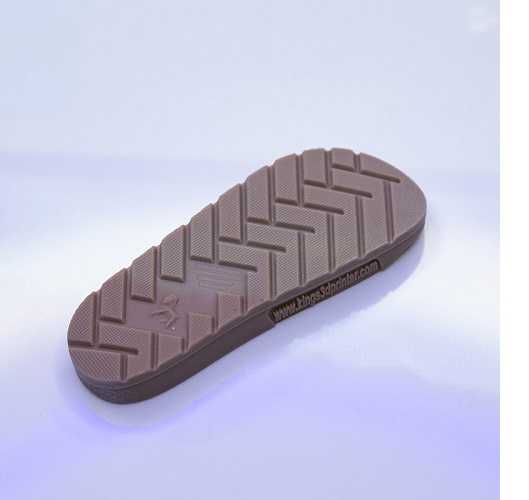 2. Durable resin
2. Durable resin
Durable resin is a wear-resistant and also adaptable material with mechanical properties comparable to polypropylene (PP). The durable material is used for parts that require high flexibility, reduced friction and smooth surface coating.
pros: High abrasion resistance, flexibility and resistance to damage, high resistance to effects.
cons. Not suitable for thin-walled parts. Low tensile endurance.
Suitable for: snap bolts, round and sleeve joints, low-friction and low-wear mechanical parts.
3. Ceramic filled resin
Rigid resin reinforced with glass or other ceramic bits to form an extremely tough and rigid get rid of the really smooth surface area finish. Rigid materials have great thermal security and also heat resistance.
pros: High solidity, ideal for getting rid of fine features, moderate heat resistance.
cons: fragile and also prone to breakage. Low effect endurance.
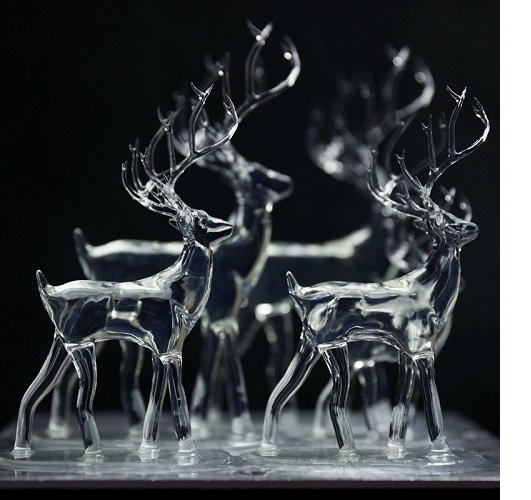
4. Transparent resin
Transparent SLA resin has a similar mechanical structure to ordinary materials, but can be post-processed to approach optical transparency.
pros: ideal information, excellent surface treatment, it is clear and gorgeous.
cons: reduced fracture elongation and low effect strength. Optical transparency may change over time as components are exposed to UV radiation and also degrade.
Suitable for: display internal function, electronic chip housing, LED housing, fluid tools.
5. Castable SLA resin
Pourable materials for jewelry production, these products provide crisp details and smooth surfaces for published parts, and also melt easily without leaving ash or residue. They are suitable for fashion jewelry and a wide variety of other tiny, carefully crafted parts.
Pros. Ash reduction after wear, great properties as well as desirable details.
Cons: Low abrasion resistance, post-treatment required to ensure desirable appearance
Suitable for: investment spreads, fashion jewelry making.
Please follow us here to find more details. We have been well received by many industries, including 3D printing prototype, shoe sole, automotive models, sculpture, architecture, art & craft, ceramics, quick casting and etc.

 2. Durable resin
2. Durable resin
